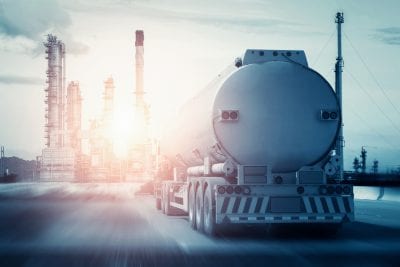There are three essential stages in the oil and gas production industry: upstream, midstream and downstream. To understand the role of midstream oil and gas, let’s take a look at every stage.
Upstream is referred to all of the processes and actions connected to finding, exploring, drilling and producing crude oil and natural gas. Obviously, midstream is an intermediate link between the first and the last grade of the oil industry. As a final link, downstream encompasses refining and selling end products of oil and gas segment.
What is midstream oil and gas?

Consequently, as a median link between upstream and downstream, midstream is responsible for storing and transporting oil and gas supplies to their end distributors. It includes all the processes, equipment and facilities needed to distribute the materials.
It may seem like the easiest process, but it is way more complex than many can imagine. Arranging storage and logistics of fuel materials requires following safety guidelines and complying with strict regulations. Shipping speed also plays a crucial role in the oil and gas supply chain, which makes midstream transport an important branch to manage.
How does midstream supply chain work?
Oil and gas supply chains are very complex. There are many different processes within the stage of midstream oil and gas. Usually, it consists of three main stages:
Storage
Storing oil and gas plays a huge role in balancing supply and demand of the materials across the country. It is a part of midstream to secure supplies in large oil tankers and to prepare materials for distribution.
Primary logistics
Once crude oil or natural gas is ready for transit, the logistics stage begins. Primarily, most of oil and gas is transferred with special pipelines that are built across the country. Highly secured and protected, oil is pushed with an extremely high pressure to reach the necessary destination. Midstream pipelines are the best way to move energy products safely and quickly.
Secondary logistics
Essentially, when the supplies arrive at the hub, the next step is the delivery to a final destination (warehouse, plant, or facility). There are several transportation modes like trucks, rail, and barge that assist midstream companies with this task. It is a critical stage of transportation and requires proper planning and execution.
Midstream Transport: Oil and Gas Shipping with PLS
PLS is one of the country’s leading industrial-focused 3PL providers. We can handle your oil and gas supply chain with our dedicated team, skilled carriers and committed capacity. Learn more about our Oil and Gas Shipping services!

